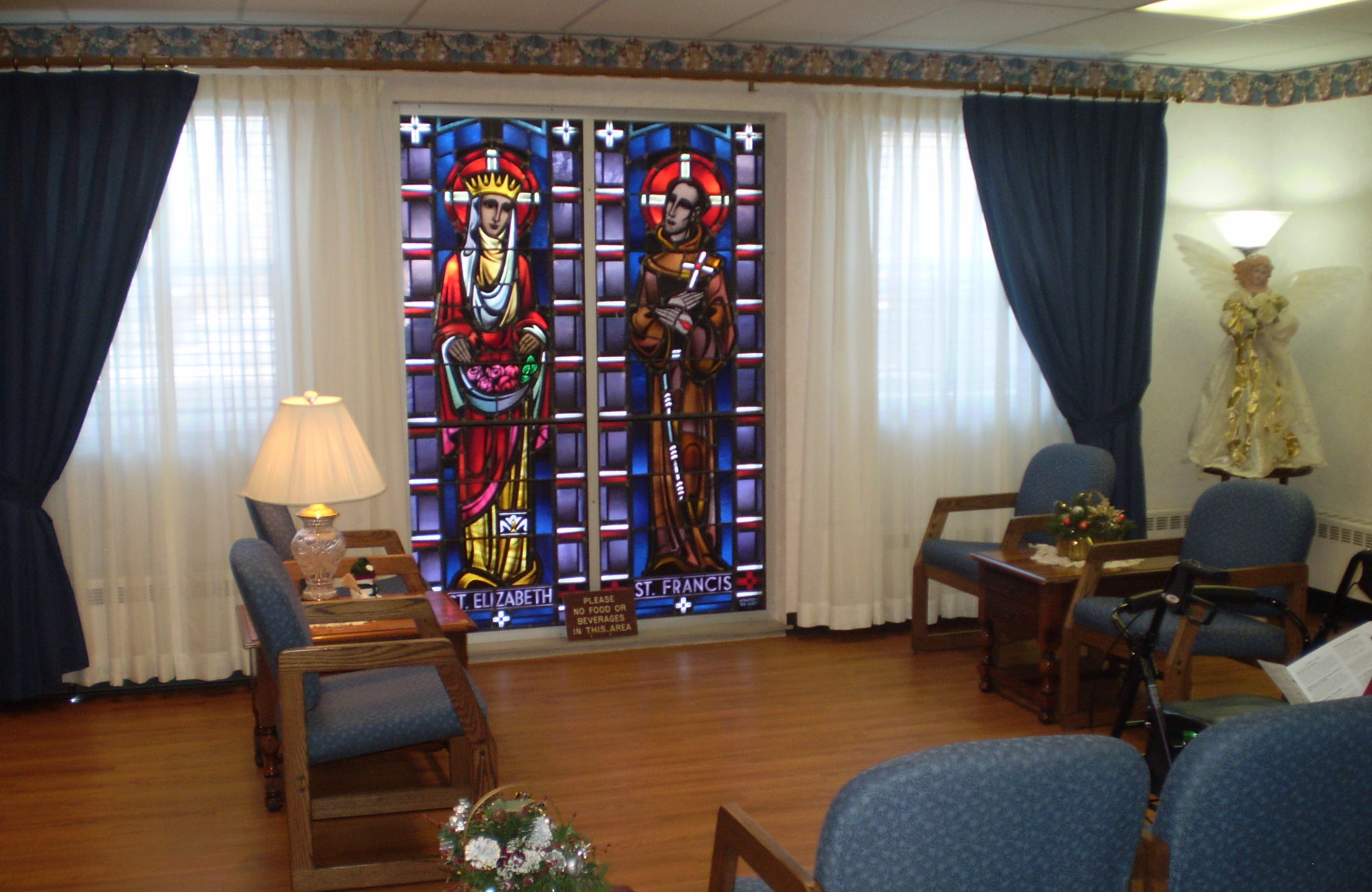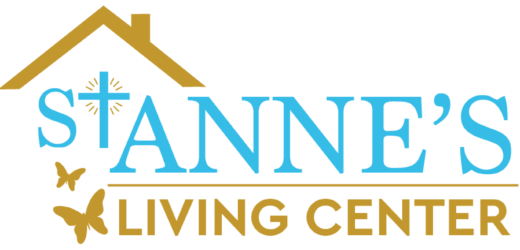There’s lots of information out there about snacking, and lots of options for non-mealtime munching. As our society becomes busier, snacking has become even more common. At St. Anne’s, our residents are not exempt from this cultural trend; they are provided with three snacks a day, if they wish.

Unfortunately, snacking is often not so much about satisfying hunger and nutritional needs as it is due to habit and gratifying our taste buds.
Nonetheless, we can make healthy choices when we snack. An article by May Clinic provides some suggestions for 100-calorie snacks and has many other helpful hints. Snacking may actually be a healthy choice to help you avoid bingeing, according to this same source. This can also keep your blood sugars healthy, according to an informative article by AARP. Planning ahead and divvying out appropriate portions is also a smart move for healthy snacking habits.
Fruits and vegetables are a good choice in that they provide needed vitamins and minerals and also fewer calories than many other choices. Whole-grain snacks are another good option, as they “are rich in fiber and complex carbohydrates, which give you energy with staying power,” according to this Mayo Clinic article. Low-fat whole-grain crackers, whole-grain pretzels and whole-grain crispbreads are a few suggestions. Various sources also laud the use of nuts as a snack food; they provide needed protein and, due to the longer time they take to digest, they make you feel full longer (AARP article). They also, according to one online source for seniors, “are a rich source of antioxidants, healthy fats and calories.” Nuts can be a great alternative to chips and “junk food” when you’re craving something salty and crunchy. If you need some protein, boiled eggs can also be a good choice, says this source for seniors. Some other healthy ideas are: Rice cakes, granola, trail mix, and dried fruit.
Dairy products can also be beneficial, as they are a good source of calcium and provide protein; be careful, though, of the extra sugar or fat contained in some of these. Low calorie/light yogurt, for example, is a nutritious option.
As people age, fiber is something to look for. Dietary fiber, according to helpguide.org, along with helping with bowel regularity, can also decrease risk of heart disease, stroke, and diabetes; it can also “improve the health of your skin, help you lose weight, and boost your immune system and overall health.” This article continues to point out that our digestive systems become less efficient as we age and thus fiber becomes more important. It is suggested that women over 50 get over 20 grams daily, and men, at least 30. With this goal in mind, snacks such as whole grains, wheat cereals, barley, oatmeal, beans, nuts, carrots, celery, and tomatoes, apples, berries, citrus fruits, and pears are healthy options.
Unfortunately, as we age, our metabolism decreases which can easily lead to “putting on the pounds.”
As we get older, along with healthy eating between meals, sufficient hydration throughout the day is very important. According to this same helpguide, people can be more susceptible to dehydration when they get older because they “lose some of the ability to regulate fluid levels and our sense of thirst is may not be as sharp.” Remember to drink plenty of water (8-10 glasses a day). Doing so can even curb your appetite and reduce your “need” for a snack.

